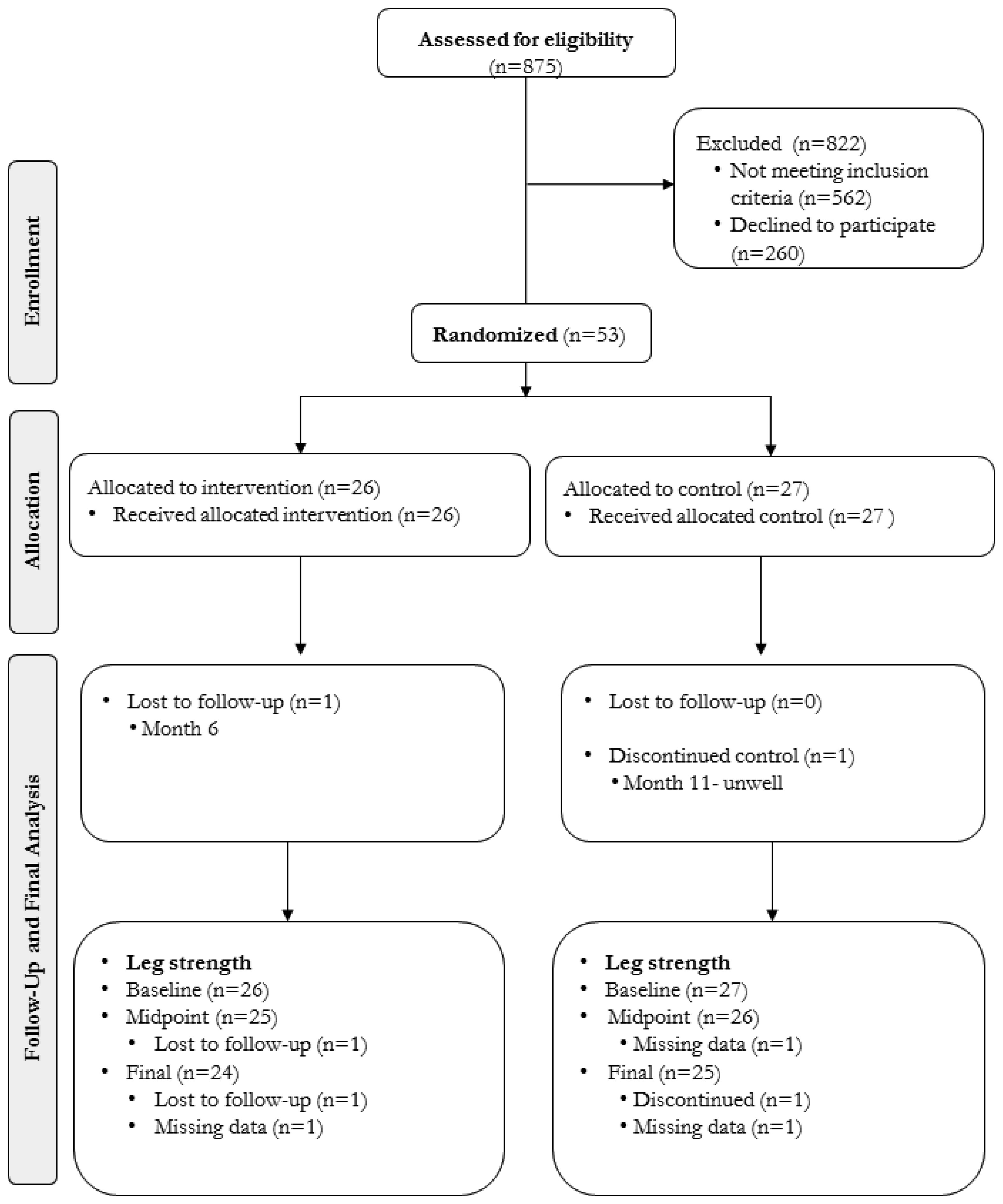|
[1]
|
Leslie WD, Sadatsafavi M, Lix LM, et al. (2011) Secular decreases in fracture rates 1986–2006 for Manitoba, Canada: A population-based analysis. Osteoporosis Int 22: 2137–2143. doi: 10.1007/s00198-010-1470-4

|
|
[2]
|
Jaglal SB, Weller I, Mamdani M, et al. (2005) Population trends in BMD testing, treatment, and hip and wrist fracture rates: Are the hip fracture projections wrong? J Bone Miner Res 20: 898–905.
|
|
[3]
|
Lefaivre KA, Levy AR, Sobolev B, et al. (2011) Changes in first hip fracture rates in British Columbia Canada, 1990–2004. Osteoporosis Int 22: 2817–2827. doi: 10.1007/s00198-010-1488-7

|
|
[4]
|
Chen IJ, Chiang CY, Li YH, et al. (2015) Nationwide cohort study of hip fractures: Time trends in the incidence rates and projections up to 2035. Osteoporosis Int 26: 681–688. doi: 10.1007/s00198-014-2930-z

|
|
[5]
|
Koval KJ, Zuckerman JD (1994) Functional recovery after fracture of the hip. J Bone Jt Surg Am Vol 76: 751–758. doi: 10.2106/00004623-199405000-00018

|
|
[6]
|
Magaziner J, Fredman L, Hawkes W, et al. (2003) Changes in functional status attributable to hip fracture: A comparison of hip fracture patients to community-dwelling aged. Am J Epidemiol 157: 1023–1031. doi: 10.1093/aje/kwg081

|
|
[7]
|
Magaziner J, Hawkes W, Hebel JR, et al. (2000) Recovery from hip fracture in eight areas of function. J Gerontol A Biol Sci Med Sci 55: M498–M507. doi: 10.1093/gerona/55.9.M498

|
|
[8]
|
Bentler SE, Liu L, Obrizan M, et al. (2009) The aftermath of hip fracture: Discharge placement, functional status change, and mortality. Am J Epidemiol 170: 1290–1299. doi: 10.1093/aje/kwp266

|
|
[9]
|
Handoll HH, Sherrington C, Mak JC (2011) Interventions for improving mobility after hip fracture surgery in adults. Cochrane Database Syst Rev 129: CD001704.
|
|
[10]
|
Gillespie LD, Robertson MC, Gillespie WJ, et al. (2012) Interventions for preventing falls in older people living in the community. Cochrane Database Syst Rev 9: CD007146.
|
|
[11]
|
Binder EF, Brown M, Sinacore DR, et al. (2004) Effects of extended outpatient rehabilitation after hip fracture: A randomized controlled trial. JAMA 292: 837–846. doi: 10.1001/jama.292.7.837

|
|
[12]
|
Latham NK, Harris BA, Bean JF, et al. (2014) Effect of a home-based exercise program on functional recovery following rehabilitation after hip fracture: A randomized clinical trial. JAMA 311: 700–708. doi: 10.1001/jama.2014.469

|
|
[13]
|
Rezende LFMD, Reylópez JP, Matsudo VK, et al. (2014) Sedentary behavior and health outcomes among older adults: A systematic review. BMC Public Health 14: 333. doi: 10.1186/1471-2458-14-333

|
|
[14]
|
Davenport SJ, Arnold M, Hua C, et al. (2015) Physical activity levels during acute inpatient admission after hip fracture are very low. Physiother Res Int 20: 174–181. doi: 10.1002/pri.1616

|
|
[15]
|
Fleig L, Mcallister MM, Brasher P, et al. (2016) Sedentary behavior and physical activity patterns in older adults after hip fracture: A call to action. J Aging Phys Act 24: 79–84. doi: 10.1123/japa.2015-0013

|
|
[16]
|
Guralnik JM, Ferrucci L, Simonsick EM, et al. (1995) Lower-extremity function in persons over the age of 70 years as a predictor of subsequent disability. N Engl J Med 332: 556–561. doi: 10.1056/NEJM199503023320902

|
|
[17]
|
Cook WL, Khan KM, Bech MH, et al. (2011) Post-discharge management following hip fracture-get you back to B4: A parallel group, randomized controlled trial study protocol. BMC Geriatr 11: 30. doi: 10.1186/1471-2318-11-30

|
|
[18]
|
Panel on Prevention of Falls in Older Persons AGS, British Geriatrics S (2011) Summary of the Updated American Geriatrics Society/British Geriatrics Society clinical practice guideline for prevention of falls in older persons. J Am Geriatr Soc 59: 148–157. doi: 10.1111/j.1532-5415.2010.03234.x

|
|
[19]
|
Ashe MC, Merali K, Edwards N, et al. (2018) Integrating research into clinical practice for hip fracture rehabilitation: Implementation of a pragmatic RCT. AIMS Med Sci 5: 102–121. doi: 10.3934/medsci.2018.2.102

|
|
[20]
|
Podsiadlo D, Richardson S (1991) The timed "Up & Go": A test of basic functional mobility for frail elderly persons. J Am Geriatr Soc 39: 142–148. doi: 10.1111/j.1532-5415.1991.tb01616.x

|
|
[21]
|
Jaglal S, Lakhani Z, Schatzker J (2000) Reliability, validity, and responsiveness of the lower extremity measure for patients with a hip fracture. J Bone Jt Surg Am Vol 82-A: 955–962.
|
|
[22]
|
Diong J, Allen N, Sherrington C (2016) Structured exercise improves mobility after hip fracture: A meta-analysis with meta-regression. Br J Sports Med 50: 346–355. doi: 10.1136/bjsports-2014-094465

|
|
[23]
|
O'Brien PC (1984) Procedures for comparing samples with multiple endpoints. Biometrics 40: 1079–1087. doi: 10.2307/2531158

|
|
[24]
|
Rubin DB (2004) Multiple imputation for nonresponse in surveys. John Wiley & Sons.
|
|
[25]
|
Kojima N, Kim H, Saito K, et al. (2014) Association of knee-extension strength with instrumental activities of daily living in community-dwelling older adults. Geriatr Gerontol Int 14: 674–680. doi: 10.1111/ggi.12158

|
|
[26]
|
Ranhoff AH, Holvik K, Martinsen MI, et al. (2010) Older hip fracture patients: Three groups with different needs. BMC Geriatr 10: 65. doi: 10.1186/1471-2318-10-65

|
|
[27]
|
Brady AO, Straight CR (2014) Muscle capacity and physical function in older women: What are the impacts of resistance training? J Sport Health Sci 3: 179–188. doi: 10.1016/j.jshs.2014.04.002

|
|
[28]
|
Liu C, Shiroy DM, Jones LY, et al. (2014) Systematic review of functional training on muscle strength, physical functioning, and activities of daily living in older adults. Eur Rev Aging Phys Act 11: 95–106. doi: 10.1007/s11556-014-0144-1

|
|
[29]
|
Moseley AM, Sherrington C, Lord SR, et al. (2009) Mobility training after hip fracture: A randomised controlled trial. Age Ageing 38: 74–80.
|
|
[30]
|
Lauretani F, Russo CR, Bandinelli S, et al. (2003) Age-associated changes in skeletal muscles and their effect on mobility: An operational diagnosis of sarcopenia. J Appl Physiol 95: 1851–1860. doi: 10.1152/japplphysiol.00246.2003

|
|
[31]
|
Ivanova N, Aibast H, Gapeyeva H, et al. (2011) Changes in hip muscle strength after proximal femoral fracture in elderly women. Acta Kinesiologiae Univ Tartu 17: 80–88.
|
|
[32]
|
Tudor-Locke C, Craig CL, Aoyagi Y, et al. (2011) How many steps/day are enough? For older adults and special populations. Int J Behav Nutr Phys Act 8: 80. doi: 10.1186/1479-5868-8-80

|
|
[33]
|
Ekegren CL, Beck B, Climie RE, et al. (2018) Physical activity and sedentary behavior subsequent to serious orthopedic injury: A systematic review. Arch Phys Med Rehabil 99: 164–177. doi: 10.1016/j.apmr.2017.05.014

|
|
[34]
|
Zusman EZ, Dawes MG, Edwards N, et al. (2017) A systematic review of evidence for older adults' sedentary behavior and physical activity after hip fracture. Clin Rehabil 2017: 269215517741665.
|
|
[35]
|
Sedentary Behaviour Research Network (2012) Letter to the editor: standardized use of the terms "sedentary" and "sedentary behaviours". Appl Physiol Nutr Metab 37: 540–542. doi: 10.1139/h2012-024

|
|
[36]
|
Tremblay MS, Aubert S, Barnes JD, et al. (2017) Sedentary Behavior Research Network (SBRN)-Terminology Consensus Project process and outcome. Int J Behav Nutr Phys Act 14: 75. doi: 10.1186/s12966-017-0525-8

|
|
[37]
|
Manns PJ, Dunstan DW, Owen N, et al. (2012) Addressing the nonexercise part of the activity continuum: A more realistic and achievable approach to activity programming for adults with mobility disability? Phys Ther 92: 614–625. doi: 10.2522/ptj.20110284

|
|
[38]
|
Ekelund U, Steenejohannessen J, Brown WJ, et al. (2016) Does physical activity attenuate, or even eliminate, the detrimental association of sitting time with mortality? A harmonised meta-analysis of data from more than 1 million men and women. Lancet 388: 1302–1310.
|
|
[39]
|
Prince SA, Saunders TJ, Gresty K, et al. (2014) A comparison of the effectiveness of physical activity and sedentary behaviour interventions in reducing sedentary time in adults: A systematic review and meta-analysis of controlled trials. Obes Rev 15: 905–919. doi: 10.1111/obr.12215

|
|
[40]
|
Stott-Eveneshen S, Sims-Gould J, Mcallister MM, et al. (2017) Reflections on hip fracture recovery from older adults enrolled in a clinical trial. Gerontol Geriatr Med 3: 2333721417697663.
|
|
[41]
|
Sherrington C, Lord SR (1997) Home exercise to improve strength and walking velocity after hip fracture: A randomized controlled trial. Arch Phys Med Rehabil 78: 208–212. doi: 10.1016/S0003-9993(97)90265-3

|
|
[42]
|
Hauer K, Specht N, Schuler M, et al. (2002) Intensive physical training in geriatric patients after severe falls and hip surgery. Age Ageing 31: 49–57. doi: 10.1093/ageing/31.1.49

|
|
[43]
|
Sherrington C, Lord SR, Herbert RD (2004) A randomized controlled trial of weight-bearing versus non-weight-bearing exercise for improving physical ability after usual care for hip fracture. Arch Phys Med Rehabil 85: 710–716. doi: 10.1016/S0003-9993(03)00620-8

|
|
[44]
|
Tsauo JY, Leu WS, Chen YT, et al. (2005) Effects on function and quality of life of postoperative home-based physical therapy for patients with hip fracture. Arch Phys Med Rehabil 86: 1953–1957. doi: 10.1016/j.apmr.2005.04.020

|















 DownLoad:
DownLoad: